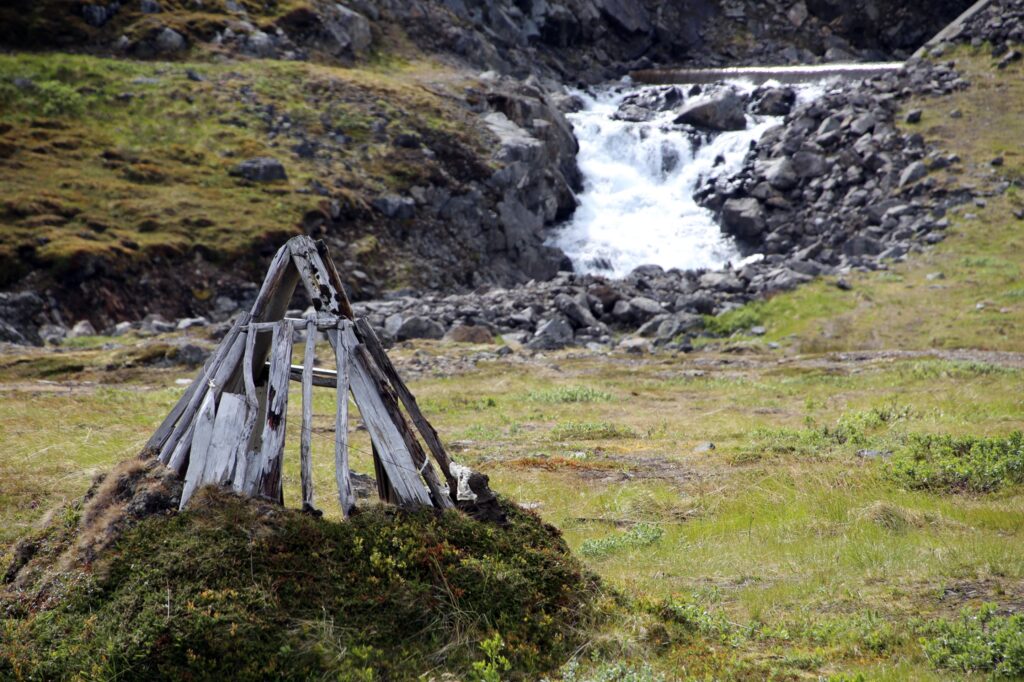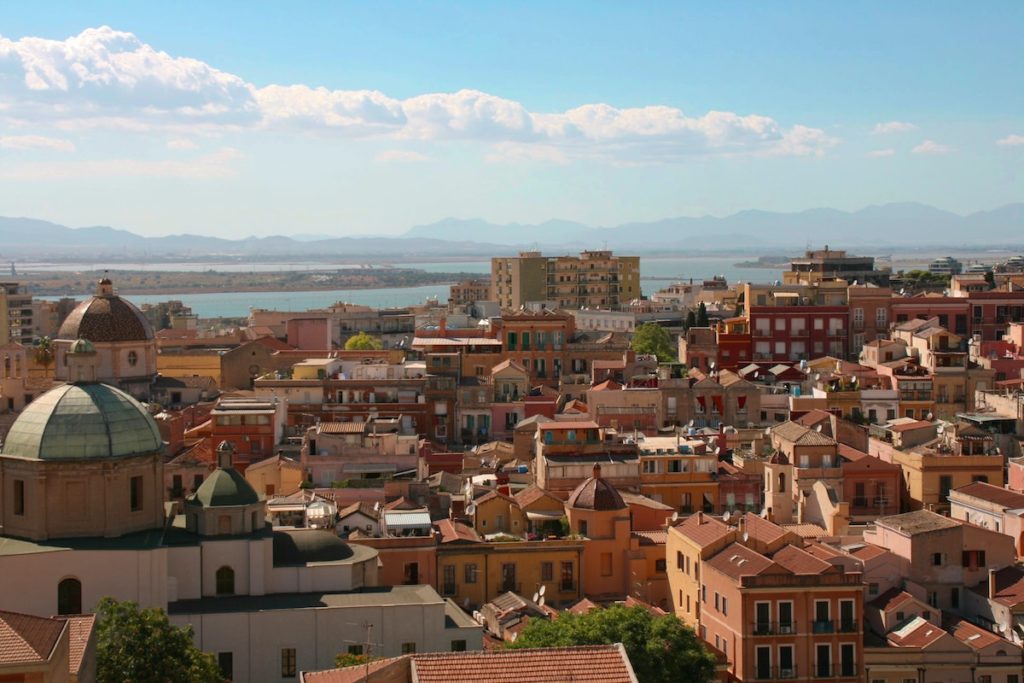In this month’s Sprachspielen, I’d like for us to look at a word that you have undoubtedly seen us use with great regularity. It is the word “indigenous.” Another word that we often use in a similar way is “autochthonous,” a borrowing from Greek, which is generally less familiar to English speakers, but actually fairly commonly used in Romance languages such as Spanish, Italian, French and Romanian. But for the moment, I’d like to focus on the more familiar word “indigenous.”
Here are a couple of dictionary definitions that I’ve found for the word “indigenous:” (1) indigenous = “naturally existing in a place or country rather than arriving from another place” and (2) indigenous = “originating or occurring naturally in a particular place; native.” I imagine that either or both of these definitions would fit with your own understanding of the word “indigenous.” However, I think that context is important to consider at this point. I would imagine for most of you, when you think of the word “indigenous” related specifically to language and ethnicity, your mind naturally goes to those parts of the world that have been victims of European colonialism over the past five to six centuries in particular. “Indigenous” would be a way to describe the languages and ethnic groups who were original to those areas as well as to differentiate them from the European “invaders” or “colonisers,” those who came from outside into these contexts and “set up house,” so to speak. In many of these contexts, we would actually use the word “indigenous” to describe these peoples and languages. However, we also find other terms used synonymously, such as “Native American” in the United States, or “First Nations” in Canada, or “Aboriginal” in Australia. Consequently, we are familiar with the term “indigenous” and its synonyms in these contexts, and for the most part, even if only superficially, we tend to understand what the term means.

However, when we turn to Europe and use the term “indigenous” in this context, it might leave many of us scratching our heads and wondering, “aren’t all European-origin languages and peoples in Europe indigenous in some sense?” The simple answer to that question is both “yes” and “no.” Though, ultimately and more to the point, there is no simple answer to that question in reality. Again, we understand what the word “indigenous” means in terms of the majority world and historic European colonialism. But what we too often forget or fail to realise is that Europeans have been colonising their direct neighbours for centuries before they ever set about to conquer other continents, especially over the past 5–6 centuries, which we Europeans often and whimsically refer to as “the Age of Exploration” or “Discovery” (tongue firmly in cheek). After all, where do we think that Europeans got the idea that they could just go wherever they liked in the “New World” and claim it for themselves, subjugate the people, and impose their language and culture on the inhabitants? Europeans have had centuries of “practice” on their immediate neighbours.
This is the reason why there are so many “indigenous” languages in the modern nation-states of Europe. Often the primary or “official” language of the nation-state, whether English, French, Italian, or German, etc., was the colonising language imposed on their neighbours, whose traditional homelands they simply assimilated, most often by conquest, and whose native languages they denigrated and attempted to annihilate in favour of the language/culture of the outsiders. Furthermore, this is the reason why “minority” (a word we’ll address in future instalments of Sprachspielen) languages and regions in the European context are overwhelmingly “stateless” nations, having become simply a region of another nation-state, even though these indigenous language groups are the original peoples in their areas, often predating the colonising influences by centuries. Politically, the homelands of these indigenous peoples and languages have simply been absorbed or amalgamated into the current nation-states of Europe, as identified by the official “national” boundaries on the map of the continent.

To close, I’d like to share an anecdotal illustration. It is based on a question I was asked, when visiting a Church in the United States some years ago. As many of you may know, Evangelical Christians in the USA have historically had a great tradition of “language” Churches. In other words, Churches in the languages of various immigrant groups who have migrated to the USA over the decades. I know that in a state like California, for example, on any given Sunday, there are worship services conducted in dozens of languages. With that context in mind, I was asked once by a believer in a USA Church if our ministry was something similar to that, in other words like having a Spanish-speaking Church or a Chinese-speaking Church or a Romanian-speaking Church there in the United States. I thought a moment, and I said, “no, it would be more like encouraging the planting and/or development of an indigenous Navajo-speaking Church or Cherokee-speaking Church.” In our ministry context, “indigenous” missions, referring both to the ethnic group and even more specifically to their heart language, is focused on the original peoples and languages of a specific and historic area or region, which languages miraculously continue to exist across Europe today, whether the people groups who speak them have full expression politically as a nation-state or not.
We’ll pick up the chase again next time, as we give more clarity through looking at the word “minority” in our context.
Have you seen the full scope of the people groups we serve?
165+ people groups. 100+ million people.
We’re still working to provide basic information about all of the indigenous minority language groups of Europe, but we have some information posted now, especially where we’re actively working. Read more.

